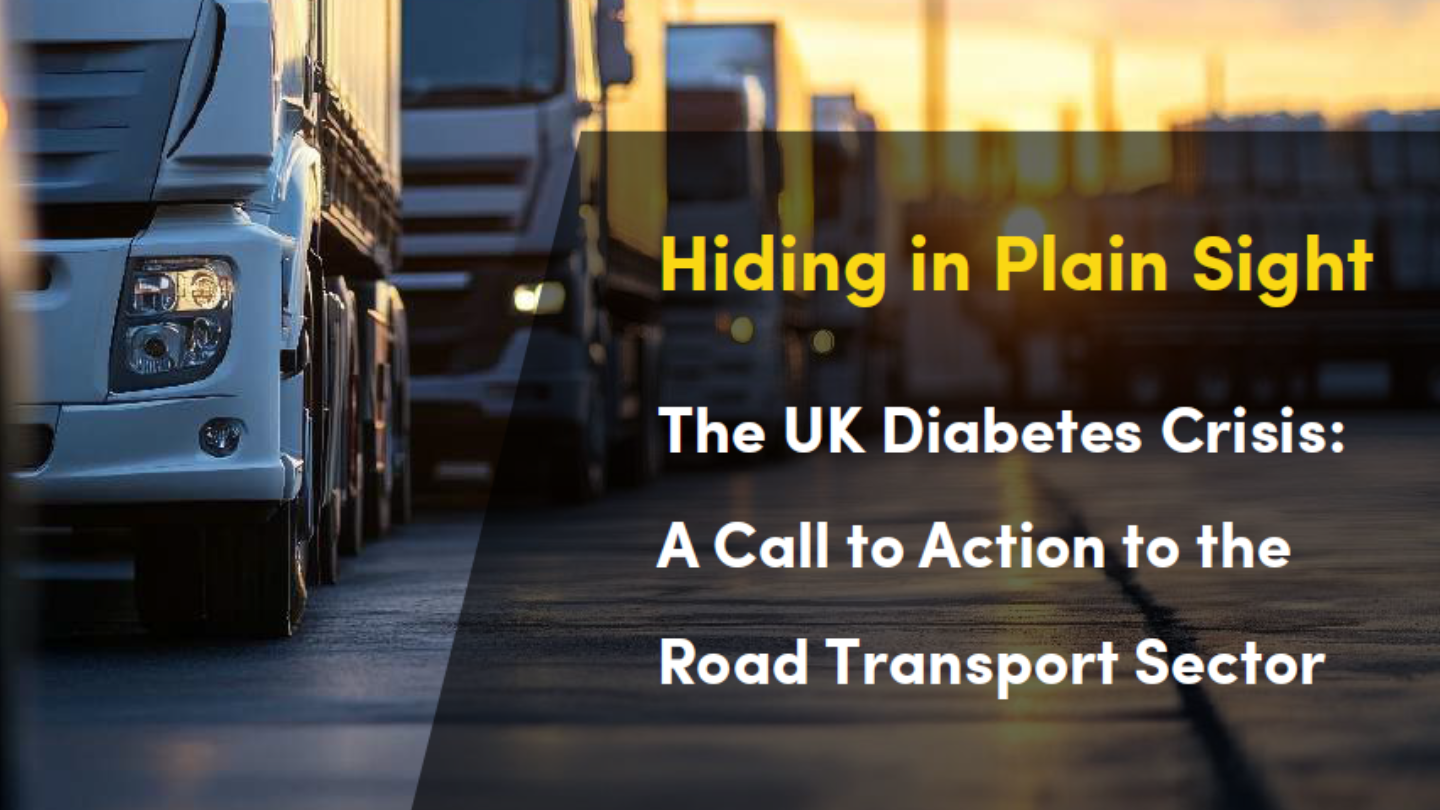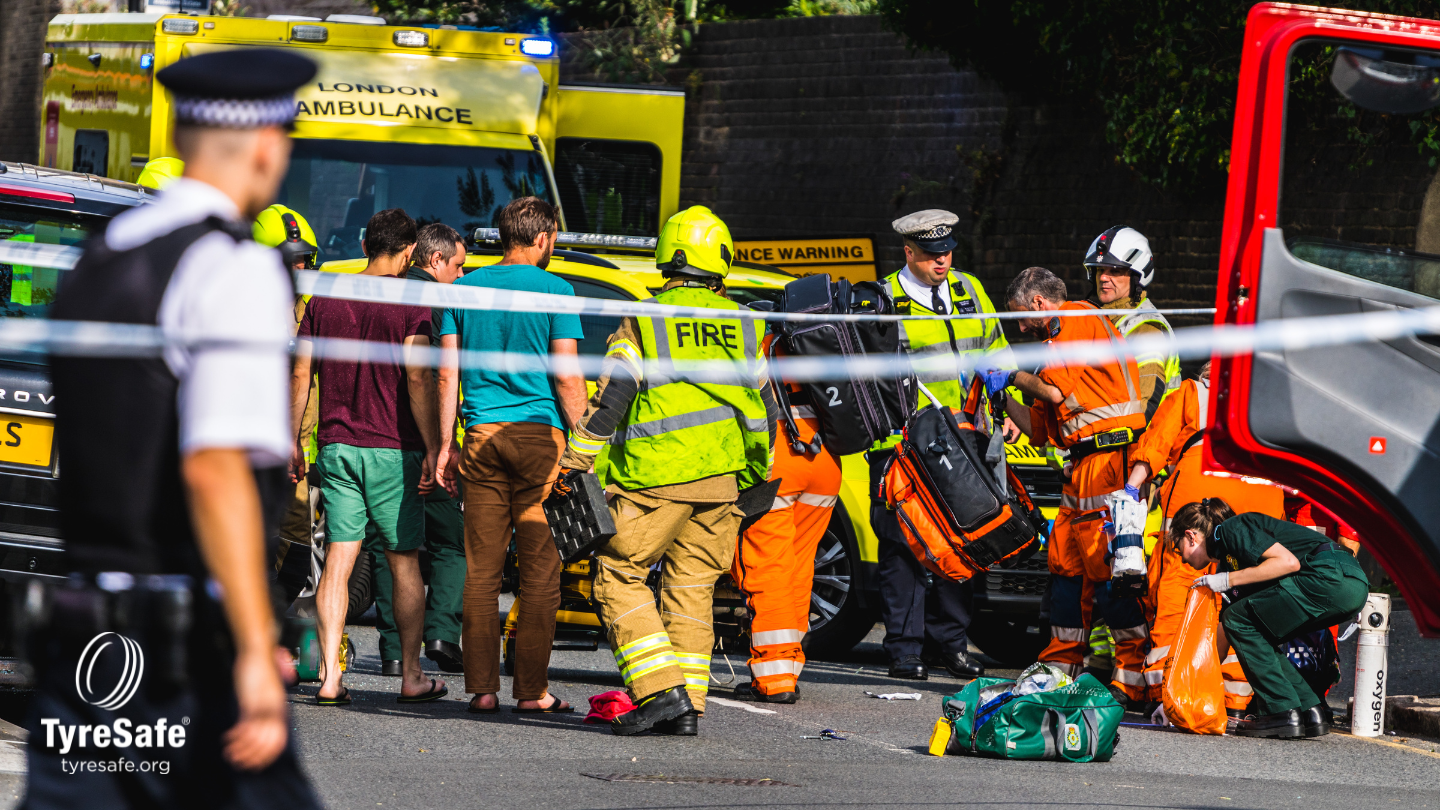Figures released today by the Department for Transport (DfT) reveal that illegal, defective and under-inflated tyres were responsible for more than 1,210 road casualties in Great Britain during 2010.
The latest Road Casualties in Great Britain report shows that 18 motorists were killed during the year from defective tyres, bringing the number of tyre related deaths on UK roads in the last five years to 164.
“The latest figures are truly shocking and emphasise why we need ongoing action, education and awareness about tyre safety issues,” explains Stuart Jackson, chairman, TyreSafe. “Making sure that your tyres are safe and legal is a quick and easy job, yet we still see hundreds of accidents occurring each year because drivers don’t make these essential safety checks.”
In a co-ordinated effort to educate drivers about the importance of correct tyre care, the tyre industry is running tyre safety month throughout October. As part of the campaign, drivers will be able to have a free tyre safety check at one of the hundreds of garages and tyre dealers that are taking part.
Additionally, TyreSafe has launched a range of online resources showing drivers how to make a number of critical tyre safety checks, such as tread depth, tyre pressure and condition. The site also includes a dramatic movie of a car driving on an ice rink, demonstrating the added safety benefits of winter weather tyres in cold and wet conditions.
Current UK law requires drivers to have at least 1.6mm of tread across the central three quarters of the tread, around its entire circumference. Drivers found to be in breach of these regulations not only face an increased danger of being involved in an accident, but also risk fines of up to £2,500 and three penalty points for each illegal tyre.
However, to make tread depth checks quick and easy, TyreSafe has devised the 20p test. To take the test, drivers simply need to insert a 20p coin into the main tread grooves of their car’s tyres. If the outer rim of the coin is covered by the tread, this indicates sufficient tread depth to be safe and legal. If the outer rim of the coin is visible, drivers should have their tyres inspected by a qualified professional. For more details of how to take the 20p test, visit www.YouTube.com/user/TyreSafe.
“If all drivers took just a few minutes every month to check their tyre pressures, condition and tread depth, we could help prevent this needless injury and loss of life,” continues Jackson. “Our website contains some really simple guides to help drivers understand what to look for. But if they still find this confusing or don’t have the time or confidence to do this for themselves, they simply need to visit their local tyre dealer who will be more than happy to make sure their tyres are safe and legal.”
Road Casualty Data taken from the Department for Transports Road Casualties in Great Britain reports, 2006 – 2010 (http://www.dft.gov.uk/statistics/series/road-accidents-and-safety/), Article 4, table 4a
|
Number of casualties by severity caused by illegal, defective or under-inflated tyres |
||||
|
Year |
Killed |
Serious injured |
Slight injured |
All casualties |
|
2006 |
44 |
263 |
1,317 |
1,624 |
|
2007 |
46 |
237 |
1,408 |
1,691 |
|
2008 |
36 |
228 |
1,168 |
1,432 |
|
2009 |
20 |
196 |
1,168 |
1,384 |
|
2010 |
18 |
172 |
1,020 |
1,210 |


